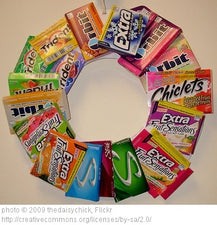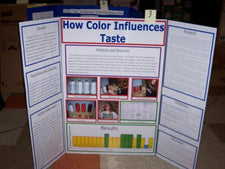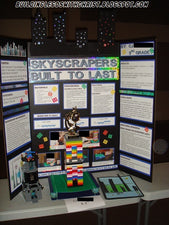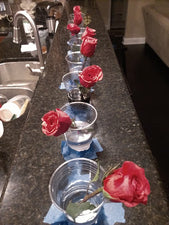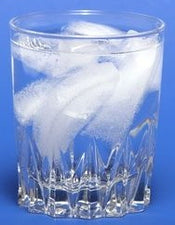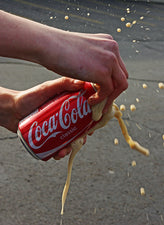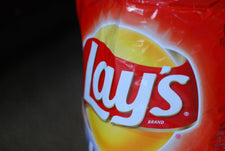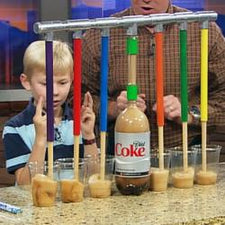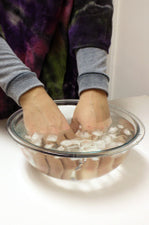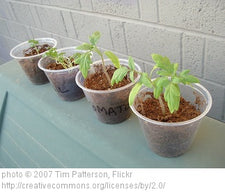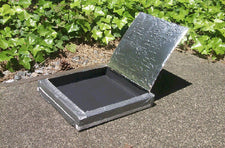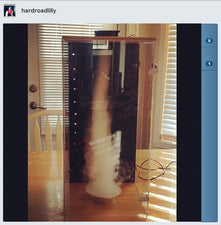Keeping Drinks Hot
 Whether you're a coffee, tea, or cocoa drinker, if you plan to enjoy a hot beverage, chances are one of your main goals is keeping the drink hot while you enjoy it. Ever wonder what factors affect how fast a hot beverage cools? For those students interested in chemistry and food science, this is the perfect science fair project to tackle!
Whether you're a coffee, tea, or cocoa drinker, if you plan to enjoy a hot beverage, chances are one of your main goals is keeping the drink hot while you enjoy it. Ever wonder what factors affect how fast a hot beverage cools? For those students interested in chemistry and food science, this is the perfect science fair project to tackle!
Questions to consider...
- Does the shape/size of the mug have an effect on the rate at which the liquid cools? - i.e. tall vs. short, narrow vs. wide, etc.
- Does the composition of the cup have an effect on the rate at which the liquid cools? - i.e. paper, plastic, Styrofoam, glass, clay, stainless steel, etc.
- How do travel mugs compare? - i.e. double wall insulated vs. single wall, etc.
- Does the addition of sweeteners and/or cream have an effect on the rate at which the liquid cools?
Another important concept to consider is what is the optimal drinking temperature for hot beverages (or the acceptable range). The answer to this is probably different for each specific person, but on average, according to Brown and Diller and their study of burns and the optimal temperature for serving hot beverages found in PubMed, they found that the preferred drinking temperature of their test sample was 140+/-15 degrees F.
However you design your science fair project and what variables you choose to test, we highly recommend doing this with adult supervision since you'll be working with hot liquids that can burn!
{Resources}:
